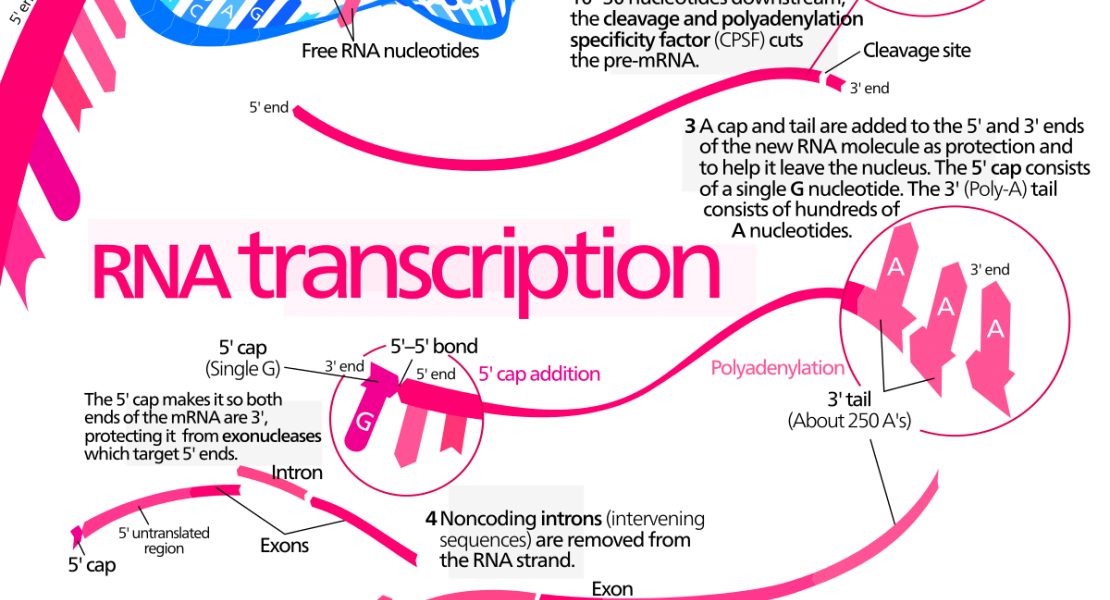"Autoregulation of an RNA polymerase II promoter by the RNA polymerase III transcription factor III C (TFIIIC) complex" (Article #1) AND "Unravelling the means to an end: RNA polymerase II transcription termination" (Article #2)
Authors
05-23-2011
12:00pm
PST

Abstract
Extra TFIIIC (ETC) sites are chromosomal locations bound in vivo by the RNA polymerase III (Pol III) transcription factor III C (TFIIIC) complex, but are not necessarily associated with Pol III transcription. Although the location of ETC sequences are conserved in budding yeast, and similar sites are found in other organisms, their functions are largely unstudied. One such site, ETC6 in Saccharomyces cerevisiae, lies upstream of TFC6, a gene encoding a subunit of the TFIIIC complex itself. Promoter analysis shows that the ETC6 B-box sequence is involved in autoregulation of the TFC6 promoter. Mutation of ETC6 increases TFC6 mRNA levels, whereas mutation immediately upstream severely weakens promoter activity. A temperature-sensitive mutation in TFC3 that weakens DNA binding of TFIIIC also results in increased TFC6 mRNA levels; however, no increase is observed in mutants of TFIIIB or Pol III subunits, demonstrating a specific role for the TFIIIC complex in TFC6 promoter regulation. Chromatin immunoprecipitation shows an inverse relationship of TFIIIC occupancy at ETC6 versus TFC6 mRNA levels. Overexpression of TFC6 increases association of TFIIIC at ETC6 (and other loci) and results in reduced expression of a TFC6 promoter-URA3 reporter gene. Both of these effects are dependent on the ETC6 Bbox. These results demonstrate that the TFC6 promoter is directly regulated by the TFIIIC complex, a demonstration of an RNA polymerase II promoter being directly responsive to a core Pol III transcription factor complex. This regulation could have implications in controlling global tRNA expression levels.
